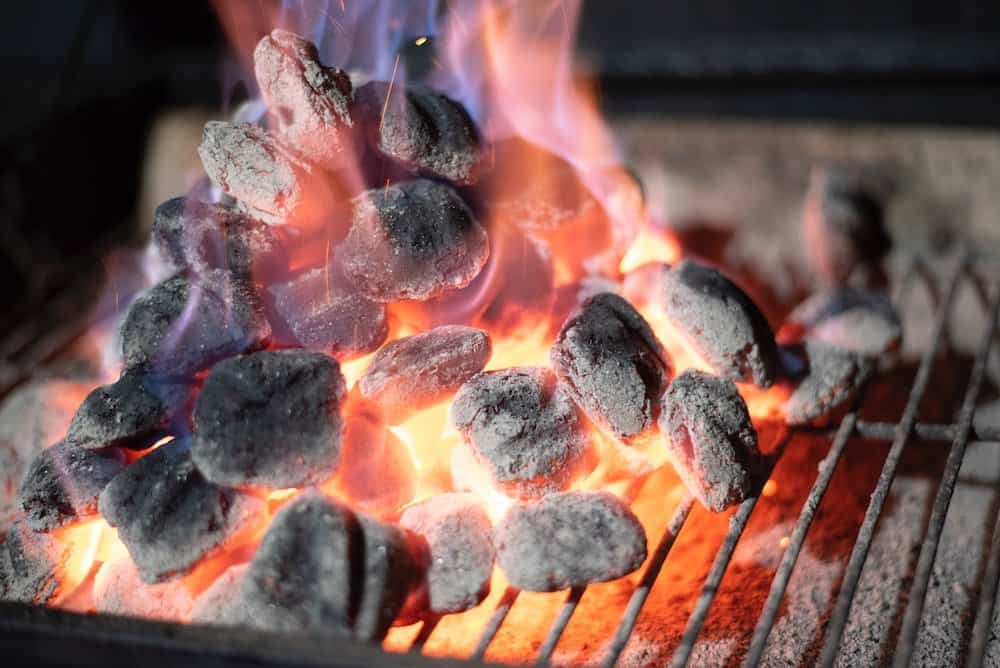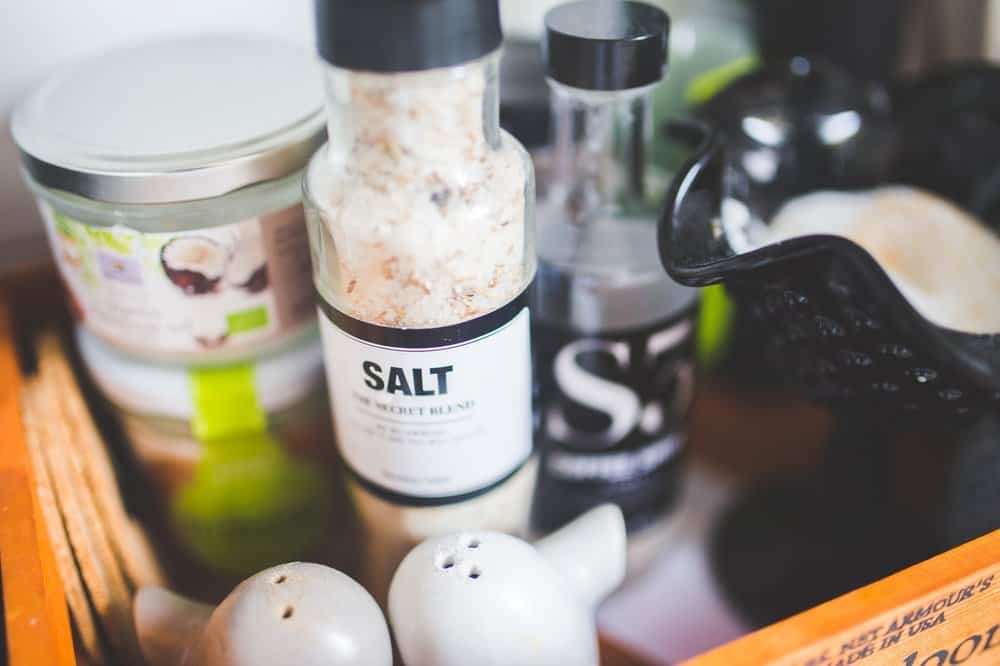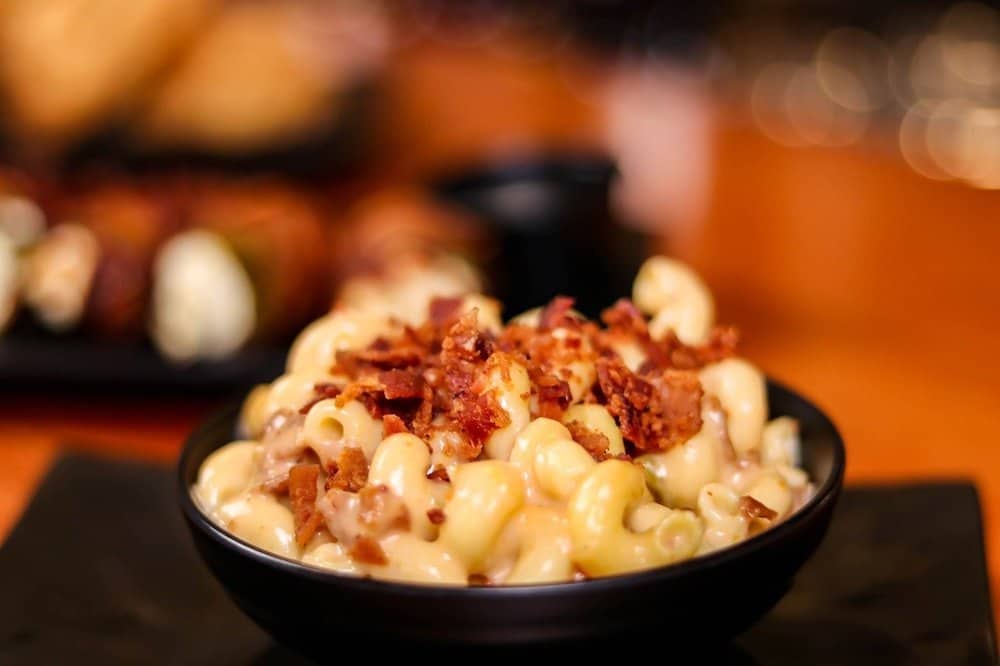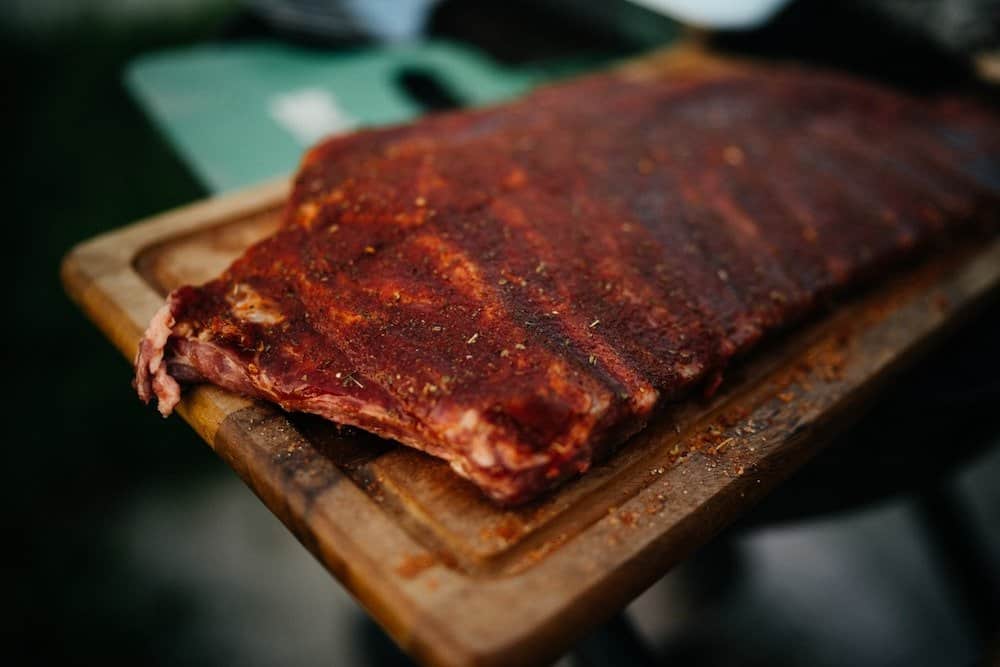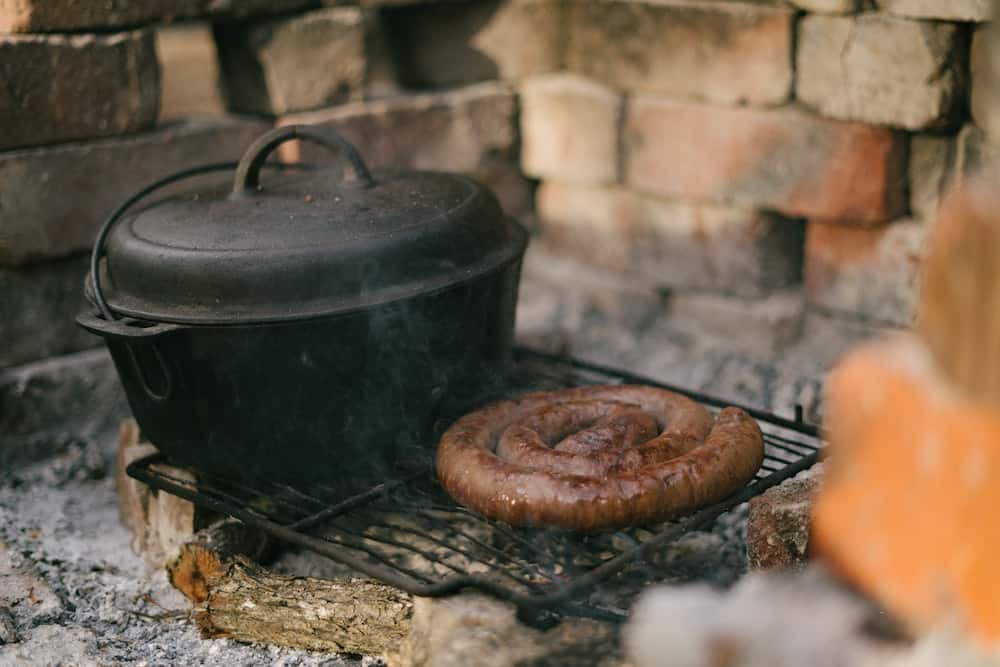The best cheese for quesadillas is an important key to creating a delicious quesadilla. Let’s explore the best cheeses to turn each quesadilla into a unique and delicious culinary experience.
The importance of choosing the right cheese
Choosing the right cheese is important for several reasons, including flavor, texture, and overall culinary experience. Here are some key aspects highlighting the importance of selecting the right cheese:
Flavor Profile
Different cheeses have distinct flavors, ranging from mild and creamy to sharp and tangy. The choice of cheese can significantly influence the overall taste of a dish. For example, a mild mozzarella might be perfect for a Margherita pizza, while a strong blue cheese could add depth to a salad.
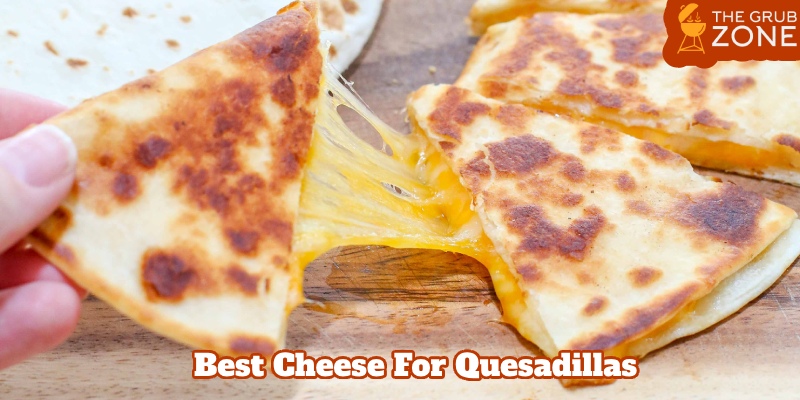
Texture and Melting Properties
The texture of cheese can vary widely, from soft and spreadable to hard and crumbly. Consider the texture you want in your dish; for instance, a creamy Brie might be ideal for a rich pasta sauce, while a firm cheddar could provide a satisfying melt in a grilled cheese sandwich.
Culinary Application
Different cheeses excel in various culinary applications. Some cheeses are better suited for melting, like Gruyère in fondue, while others, like Parmesan, are excellent for grating over pasta. Understanding the properties of each cheese allows you to use them effectively in cooking.
Pairing with Other Ingredients
The right cheese can complement and enhance the flavors of other ingredients in a dish. Whether it’s pairing a creamy goat cheese with sweet and tangy fruits or combining a robust aged cheddar with savory charcuterie, the harmony of flavors is crucial.
Cultural and Regional Significance
Many cheeses have cultural or regional significance, and choosing the right cheese can add authenticity to a dish. For example, using feta in a Greek salad or Parmigiano-Reggiano in an Italian pasta dish can capture the essence of a specific cuisine.
Dietary Considerations
Some people may have dietary restrictions or preferences, such as vegetarian or lactose-free diets. Choosing the right cheese that aligns with these considerations ensures that the dish is suitable for a wider range of individuals.
Aesthetic Appeal
The appearance of the cheese can also play a role in the overall presentation of a dish. Different colors, textures, and shapes can contribute to the visual appeal of a meal, making it more enticing to the diner.
The best cheese for quesadillas
Choosing the best cheese for quesadillas often depends on personal preference, but here are ten popular cheeses that work well in quesadillas:
Monterey Jack
Known for its mild flavor and excellent melting qualities, Monterey Jack is a popular choice for quesadillas.
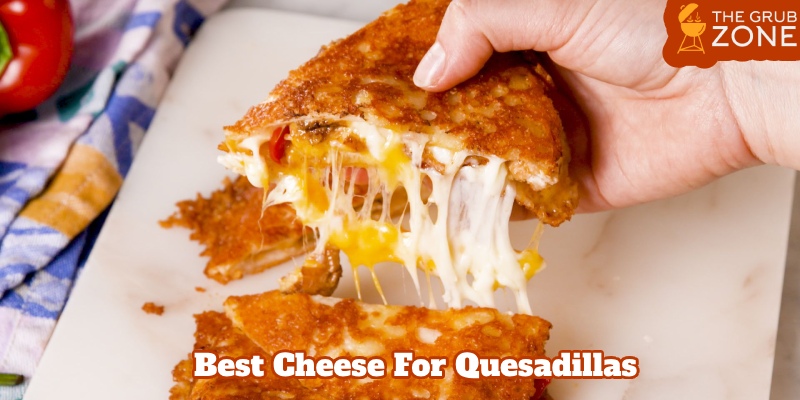
Cheddar
Sharp cheddar adds a robust flavor to quesadillas, and its melting properties make it a classic option.
Colby
Similar to cheddar but slightly milder, Colby cheese is a good choice for those who enjoy a creamy texture.
Pepper Jack
If you like a bit of heat, Pepper Jack, which includes spicy peppers, is a flavorful choice for a zesty quesadilla.
Oaxaca
This Mexican cheese has a mild, buttery flavor and melts well, making it ideal for quesadillas.
Queso Quesadilla
As the name suggests, this cheese is specifically crafted for quesadillas in Mexican cuisine. It melts smoothly and has a mild taste.
Asadero
Another Mexican cheese, Asadero has a smooth and creamy texture when melted, making it suitable for quesadillas.
Mozzarella
Known for its excellent melting properties, mozzarella can add a gooey and stretchy texture to your quesadillas.
Fontina
A semi-soft cheese with a nutty flavor, Fontina melts well and can bring a unique taste to your quesadilla.
Gouda
With its smooth texture and mild, nutty taste, Gouda can be a delicious addition to quesadillas.
Some considerations when choosing your cheese.
When choosing cheese for your culinary endeavors, several considerations play a crucial role in enhancing the overall dish. Here are some key factors to keep in mind:
Flavor Profile
Consider the flavor profile of the cheese and how it complements or contrasts with other ingredients in your dish. Whether you prefer a mild, sharp, nutty, or tangy flavor, the cheese should enhance the overall taste.
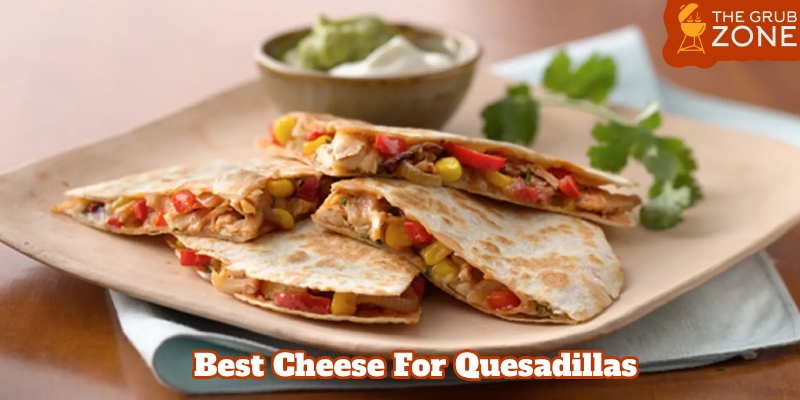
Melting Properties
Different cheeses have varying melting points. Depending on your recipe, consider the melting properties of the cheese to achieve the desired texture. For dishes like quesadillas, a cheese with good melting characteristics is essential.
Texture and Consistency
The texture of the cheese can significantly impact the mouthfeel of your dish. From creamy and gooey to crumbly and firm, choose a cheese that aligns with the desired consistency for your recipe.
Cooking Method
Consider the cooking method you’ll be using. Some cheeses are better suited for grilling, baking, or melting in sauces. Ensure the cheese you choose can withstand the cooking process without compromising its quality.
Culinary Versatility
Opt for cheeses that are versatile and can be used in various dishes. This allows you to experiment with different recipes and flavors, expanding your culinary repertoire.
Dietary Preferences and Restrictions
Take into account any dietary preferences or restrictions. If you or your guests have dietary concerns such as lactose intolerance or vegetarianism, choose cheeses that align with these considerations.
Regional and Cultural Influences
Explore cheeses that align with the cuisine you are preparing. Different cultures have traditional cheeses that complement specific dishes, adding authenticity and depth to your culinary creations.
Cost and Availability
Balance the quality of the cheese with your budget. Some cheeses can be expensive, so consider more affordable options that still offer good flavor and texture.
Combining Cheeses
Don’t be afraid to mix and match cheeses to create unique flavor profiles. Combining different cheeses can add complexity and depth to your dishes.
Personal Preference
Ultimately, personal preference plays a significant role. Experiment with different cheeses to discover the ones that resonate best with your taste buds and suit the specific dish you’re preparing.

In conclusion
Choosing the “best cheese for quesadillas” is not just a simple decision about ingredients, but also a creative culinary art. From there, it enriches the meal and creates special memories in your menu.

